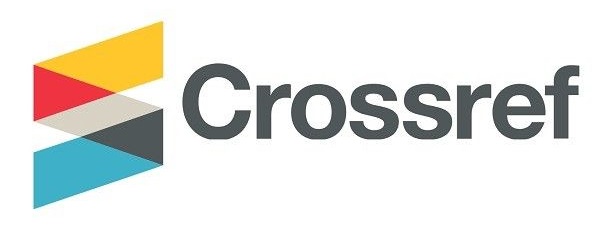Influence of Library Marketing Strategies on the Utilization of Library Virtual Reference Service
DOI:
https://doi.org/10.37745/bjmas.2022.0277Abstract
Virtual reference services in the library needs to be more utilized during the pandemic era as library users had to go online. This research study determined the influence of library marketing strategies to the library users’ utilization of virtual reference service. The concurrent nested mixed method of research was used. Participants of the study were the 206 students at a state university in the province of Bukidnon during the school year, 2021-2022. Descriptive statistics and regression analysis were used to organize the data of the study. Findings reveal that the participants assessed as high all the library marketing strategies high, and it was also found out the utilization of library virtual reference services was rated to a high extent. Moreover, the combination of library marketing strategies significantly influenced the variability in the utilization of library virtual reference service. The study concludes that through social media, the library can encourage library users to avail of its varied information sources. Marketing strategies significantly influence the library users’ utilization. This confirms the theory of confirmation expectancy which suggests that perceptions are influenced by pre-use expectations (marketing strategies) and consequently directly impact confirmation (utilization of the library virtual services). Based from the findings, the university library may consider other forms of social media such as Google hangouts, Twitter, and YouTube to enhance its virtual services and to attract more patrons to use its services.
Downloads
Downloads
Published
Versions
- 21-08-2023 (2)
- 21-08-2023 (1)












